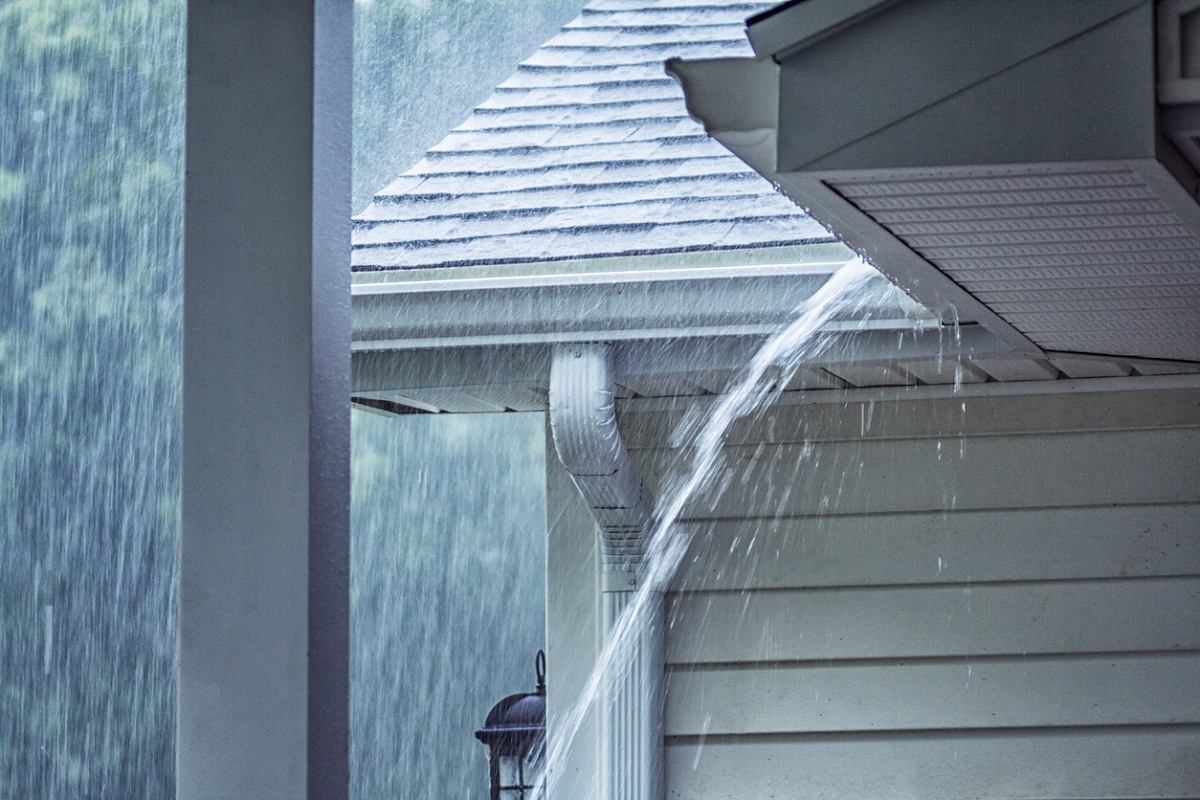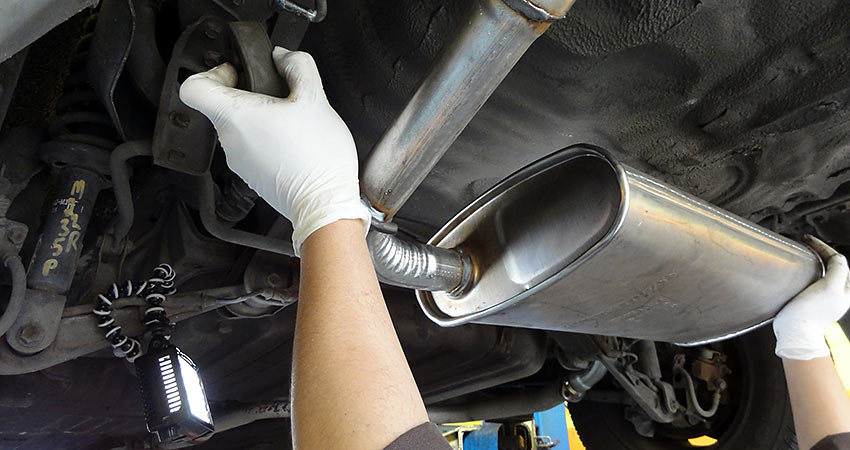Rain gutter overflow is a common problem that can lead to significant home damage, from water-soaked walls and foundations to mold growth and landscape erosion. Preventing and addressing gutter overflow not only protects your home but also saves time and money in costly repairs down the line. Below is a guide on both preventing and fix rain gutter overflow issues.
Understanding the Causes of Gutter Overflow
Several factors can lead to gutter overflow, including blockages, insufficient gutter capacity, incorrect gutter slope, or damaged gutters. The most frequent cause is clogging due to leaves, twigs, and other debris that restrict water flow. Inadequate downspout capacity can also result in water pooling, which eventually spills over the edges of the gutter. Additionally, gutters that aren’t properly sloped towards the downspouts can hold standing water, leading to overflow, while damaged or sagging gutters lose their functionality entirely.
Steps to Prevent Gutter Overflow
Preventative maintenance is essential to avoid overflow issues:
- Regular Cleaning: Clean your gutters at least twice a year, ideally in spring and fall. Remove leaves, sticks, and any other debris that could clog the system, and be sure to flush them with water afterward to check for any leftover blockages.
- Install Gutter Guards: Adding gutter guards or covers can reduce the amount of debris entering the gutters and cut down on cleaning frequency. Guards allow water to flow freely while blocking larger items from clogging the gutter.
- Check and Adjust the Slope: The ideal slope is about a quarter inch for every 10 feet of gutter, slanting toward the downspout. This angle ensures that water flows effectively, minimizing the chances of pooling and overflow.
- Add Additional Downspouts: If you have a large roof or a section that collects more water than others, consider installing additional downspouts to help distribute water flow evenly and reduce pressure on a single downspout.
- Trim Overhanging Trees: Overhanging branches can drop leaves and debris directly into your gutters, causing blockages. Trimming these trees back can help prevent gutters from filling with leaves and save you from frequent cleaning.

How to Fix Gutter Overflow Issues
If you’re already experiencing overflow, follow these steps to fix the problem and restore your gutters’ functionality:
- Remove Blockages: Start by clearing any visible debris from the gutters and downspouts. Use a small shovel or gutter scoop to remove large items, then flush the gutters with a hose to clear smaller particles.
- Seal Leaks or Cracks: Over time, small cracks can develop in gutters, which can cause leaks that contribute to overflow. Use a gutter sealant or caulking gun to patch up any small cracks or gaps. This helps ensure that water flows only where it’s supposed to—toward the downspout.
- Fix Sagging Gutters: Gutters can begin to sag, especially if they’ve carried heavy debris or water for long periods. Check for any areas where the gutter is pulling away from the roof. Tighten or replace the mounting brackets, or install new ones if necessary, to re-secure the gutter.
- Add Splash Blocks or Downspout Extensions: These can help direct water further away from the foundation and minimize erosion around the base of your home. Extensions allow water to be carried away several feet from the foundation, reducing the risk of pooling or water damage.
- Replace Undersized Gutters if Needed: Standard gutters are usually 5 inches, but if you experience frequent overflow despite taking preventive measures, consider upgrading to a larger 6-inch gutter system. Larger gutters have more capacity and are especially useful for areas that receive heavy rainfall or homes with large, steep roofs.
When to Call a Professional
While many gutter issues are DIY-friendly, there are times when it’s best to hire a professional. If your gutters require substantial repair, replacement, or are in a hard-to-reach area, it may be safest to have an expert handle it. Professionals can also assess the overall system for any structural or installation issues and suggest long-term solutions.
Conclusion
Properly functioning gutters are essential for protecting your home from water damage. Regular cleaning, timely repairs, and a well-maintained system will help prevent overflow issues and ensure water is directed away from your home. By taking these preventive and corrective steps, you can extend the life of your gutters and avoid costly damage to your property.



